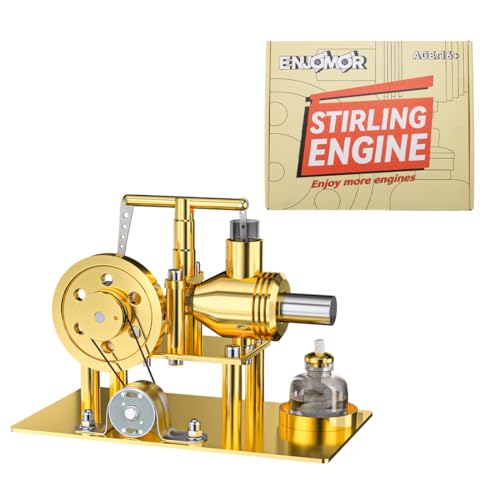When you started this drive to make the old casting sets available to all again you wanted to put the patterns where others could make use of them. To me it would make sense to have the patterns where a foundry would be willing to cast them and the costs not be prohibitive. If the patterns can only be cast in resin bound sand and time has to be taken lining edges with Mylar then that will drive up costs and limit who will want to take on casting. Also your use of hollow patterns to produce the cores as you don't like making core boxes will again drive up costs and limit foundtries that will take on the job as it is more labour intensive than just using a corebox.
Might be OK for someone just doing their own thing in the back yard but very few have the ability particularly in iron so to me it would be better to have more universal patterns.
Maybe Dale could comment on the likely cost implications of using a traditional pattern with draft etc that can be cast in green or airset against one that has no draft, needs lining with mylar, uses the pattern to act as a core box, needs resinset, etc. I would say the foundry that is casting the parts I'm making patterns for would be double the cost in many cases reducing slightly as the size of the casting increases
This hobby had changed a LOT in the short time I have been involved in it in a serious way (I started studying model engine design in 2006 after my dad died).
Many folks were making hand drawings, and 3D modeling was considered by many to be an exotic and generally unnecessary method for typical model making, and beyond the capability of most hobby folks.
Fast forward to 2023 and you seen many folks using 3D modeling on a hobby setting with fantastic results.
3D modeling is no longer seen as something exotic, but instead something very useful, and cost effective too given the accuracy that can be achieved with it, and the affordability of modern 3D software.
The quality of the handmade drawings from many of the old casting kits often left much to be desired, and these drawings generally needed multiple corrections.
3D printing was really not a thing in the hobby just a few short years ago, and now it is a very big deal as 3D printer prices come down, and more folks become proficient at 3D modeling.
CNC machining has also become a big deal, and has gained pretty widespread use as best I can tell.
Look no further than JasonB's CNC'ed pattern work to find out just what a magnificent pattern looks like.
So it seems like the argument being forwarded is that even though we can make great technological advances in the hobby with 3D modeling, printing, CNC, we should not expect any advances on the hobby foundry side, or even advances on the commercial foundry side.
I guess it begs the question "Can a hobby person find and use a commercial foundry that will produce affordable castings ?".
And it seems that the assumption is that an affordable commercial foundry that can be used by the hobby must use greensand and greensand techniques only.
This is a question of no doubt much debate, and I am not sure there is a simple answer to it.
For someone who wants to create a full-blown casting company (which does not include me), then standard matchplate patterns, coreboxes, etc. would pretty much be a must.
I have been told recently that one follower of the Ball Hopper Monitor thread knows of a foundry that will do limited runs with loose patterns, and so I know those foundries exist.
For a commercial production run of any quantity, I think the methods that Maury used (Lone Star casting kit guy) would be necessary; ie: use Freeman foundry products to cast hard plastic resin copies of patterns, and similarly cast plastic negatives to create coreboxes.
Maury said you should never send original patterns to a foundry, and I have read horror stories of wood motorcycle engine patterns that took thousands of hours to produce that got left near an open window, and got wet and ruined.
I really don't see high number production runs of any casting kit of any size being made these days; I think it will be at best a limited production affair at a commercial foundry.
The key to making limited quantities of castings in a backyard setting is to get a perfect casting with each mold, to minimize waste, time and materials.
So I really don't want to compromise my casting quality so that others can make what I consider substandard castings.
Not trying to be snobbish, just saying.
I am trying to promote the model engine hobby in general, and especially to promote the backyard-made engine castings, and the art of doing that.
One of the problems is that STL and similar 3D files are not easily modified when shared across various 3D programs.
If one could easily modify an STL or similar file with any 3D program, then it would be easy to add any draft you wanted to have.
I don't have all the answers at this point, but I will be making some castings for the Ball Hopper Monitor, and I hope that they are near-net.
.















![Learning AutoCAD Civil 3D 2014 [Online Code]](https://m.media-amazon.com/images/I/51F3yi9fokL._SL500_.jpg)




















![DreamPlan Home Design and Landscaping Software Free for Windows [PC Download]](https://m.media-amazon.com/images/I/51kvZH2dVLL._SL500_.jpg)
![MeshMagic 3D Free 3D Modeling Software [Download]](https://m.media-amazon.com/images/I/B1U+p8ewjGS._SL500_.png)














































